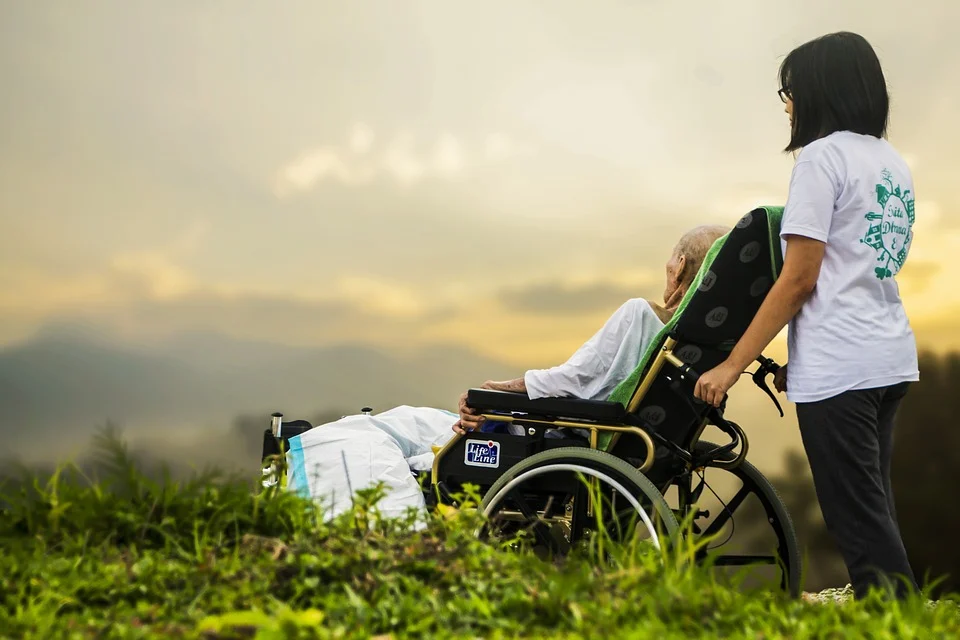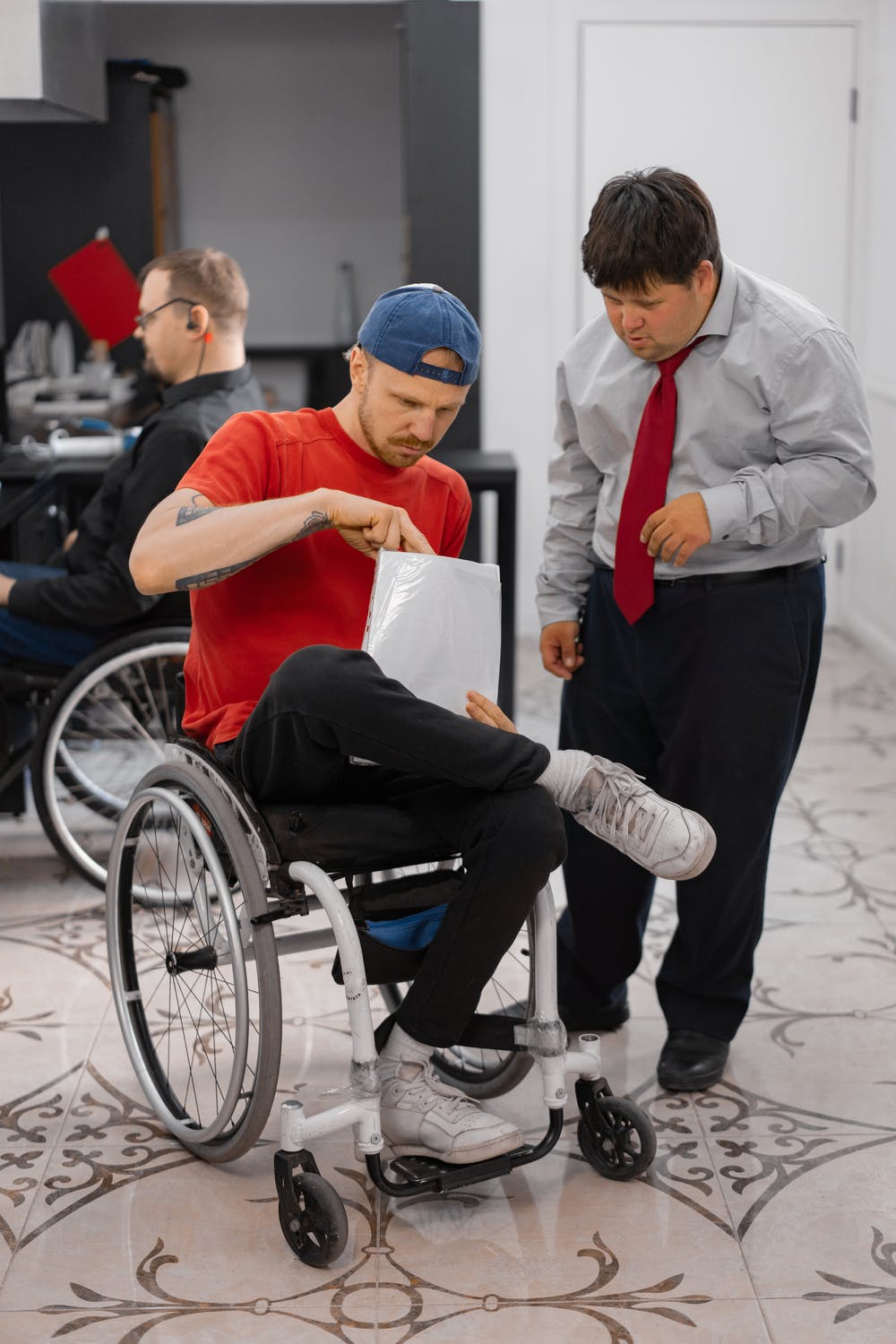
The best exercises to do for disabled people may vary depending on their specific disability. Simple arm exercises with simple weights can build forearm muscles. A handcycle, or upper-body ergometer, is a great way to increase strength in your arms, shoulders, and upper back. Disabled people can benefit from exercises that increase heartbeat and respiration. These exercises are also very beneficial for toning. Breathing techniques can be used to help you feel more comfortable while doing exercises, regardless if you have any physical limitations.
Exclusion criteria to exercise for people with disabilities
The evidence of the health disability services melbourne of exercise for people with disabilities is quite high when compared to that of others. The results aren’t universally applicable across all groups. Exercise may have different effects on adults with severe disabilities than it does on children with the same disability. The current review was dominated by children with cerebral palsy, so the results may not be representative for other groups. However, a broader picture may be emerging.
Isometric exercises
Isometrics for disabled people are a independent disability services method to stay active and fit. These exercises can be done anywhere, even in public. These exercises don’t require any equipment and don’t require any special training. They are easy to do anywhere and take less than ten seconds to complete. Unlike traditional exercises, these require no equipment or a personal trainer. These can even be done at home. But how do you start?
Chair-bound exercises
Although physical therapy is important for disabled people, it doesn’t mean that they have to stop exercising. Several types of chair-bound exercises are available to people with varying physical conditions. Chair-bound exercises designed for the disabled are perfect for those who have suffered from injuries to their lower body or weaken muscles. Many chair-bound activities are suitable for seniors, people with diabetes, overweight, or those who have poor posture. A wheelchair-bound person can benefit, regardless of the exercise type, from aerobics, flexibility and cardiovascular exercises to improve back pain and posture. Any of these exercises will help to relieve body sores caused by long periods of sitting in one position.
Stretching
Stretching can help people with various disabilities maintain their physical fitness and can even prevent certain diseases. Stretching can help disabled people continue to do their daily tasks and counter the effects of certain conditions. The following are some of the key stretches for those with disabilities:
Yoga
There are many reasons yoga exercises for disabled can be beneficial to the body. Yoga is an ancient physical and spiritual discipline celebrated for its benefits on relaxation, health and pain relief. There are many types and styles of yoga for all abilities. Even the physically disabled can benefit. For example, seated yoga can help relieve pain, improve posture, and increase general health. It can even be incorporated into physical therapy sessions. In addition to being beneficial for people with physical disabilities, yoga can also help them with mental and spiritual health.
Tai chi
Tai chi is an ancient Chinese exercise that offers many physical benefits. This gentle art form is accessible to anyone with a disability. There are many benefits to tai-chi and many routines that can be used by wheelchair users. Tai chi exercises can help people in wheelchairs improve their mobility and strength. Research has shown that people who practice tai Chi regularly are more likely increase their six-minute walk test score and improve their quality of living.



